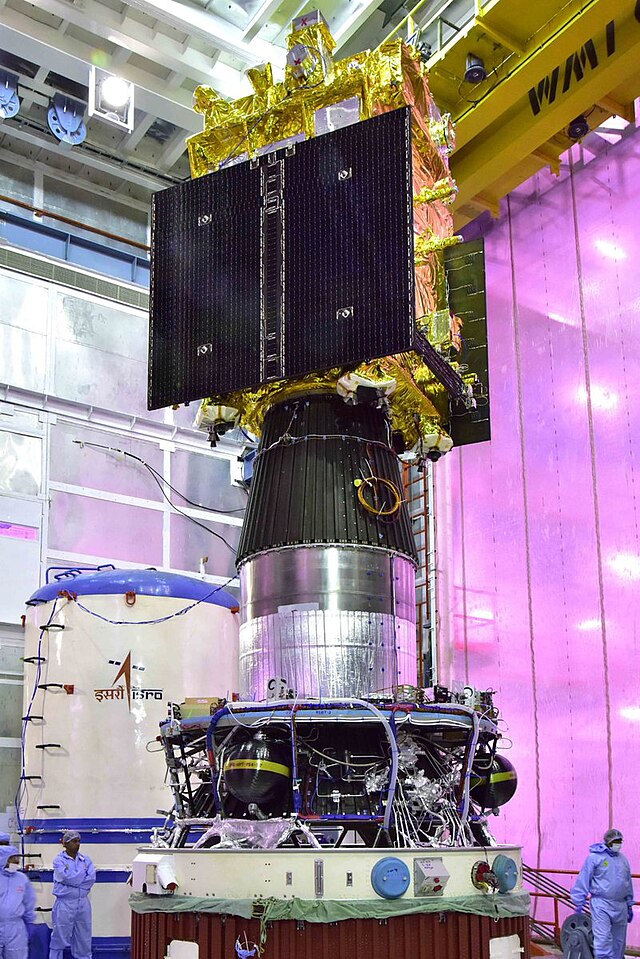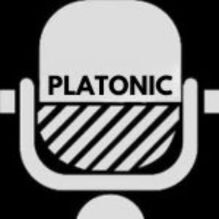Introduction:
The Aditya-L1 mission stands as a testament to India’s growing prowess in the field of space exploration. Named after the Sanskrit word for the Sun, “Aditya,” this dedicated satellite promises to be a game-changer in our understanding of our nearest star, the Sun. Developed by the Indian Space Research Organisation (ISRO), Aditya-L1 is a testament to India’s technological capabilities and its commitment to advancing space science.
Understanding the Mission:
Aditya-L1’s primary mission is to conduct a comprehensive study of the Sun. As the old saying goes, “Know thyself,” the mission aims to understand the Sun, which plays a pivotal role in our solar system, including its impact on Earth and the broader cosmos.
Seven Distinct Payloads:
One of the most remarkable aspects of the Aditya-L1 mission is its array of seven distinct payloads. These payloads are scientific instruments and detectors that will collect valuable data about the Sun. Among these payloads, five have been developed by ISRO itself, showcasing the organization’s technical capabilities. The other two have been created through collaborative efforts with Indian academic institutes, highlighting the synergy between academia and ISRO.
The Significance of the Name:
The choice of the name “Aditya” for the satellite is symbolic. In Sanskrit, “Aditya” means the Sun, emphasizing the mission’s primary focus on our solar powerhouse. This name underlines the mission’s core objective: to explore and understand the Sun in greater detail.
The Journey Begins:
The Aditya-L1 mission embarked on its journey with a successful launch on September 2, 2023. However, this launch was just the beginning of an intricate and carefully orchestrated series of maneuvers and observations.
Earth-Bound Orbits and Trajectory:
Following the launch, Aditya-L1 spent 16 days in Earth-bound orbits. During this period, the satellite underwent five precise maneuvers to gain the necessary velocity for its ambitious mission. These maneuvers were meticulously planned and executed to ensure that the satellite reaches its intended destination with precision.
The Trans-Lagrangian1 Insertion Maneuver:
One of the critical milestones in the mission was the Trans-Lagrangian1 insertion maneuver. This maneuver marked the beginning of Aditya-L1’s 110-day trajectory towards the L1 Lagrange point, which holds immense scientific significance.
Destination: The L1 Lagrange Point:
The unique aspect of the Aditya-L1 mission is its destination—the L1 Lagrange point. Positioned approximately 1.5 million kilometers away from Earth, this location is strategically situated between our planet and the Sun. At this point, the gravitational forces of Earth and the Sun are in equilibrium. This delicate balance allows an object, in this case, Aditya-L1, to remain relatively stable with respect to both celestial bodies.
Uninterrupted Solar Observation:
Aditya-L1’s placement at the L1 Lagrange point offers several advantages. Most importantly, it provides an uninterrupted view of the Sun. This means that the satellite can continuously observe the Sun without interference from Earth’s magnetic field and atmosphere. This unobstructed view is crucial for gathering precise and unaltered data about solar phenomena.
Studying the Sun’s Outer Atmosphere:
The L1 Lagrange point’s gravitational stability reduces the need for frequent orbital adjustments. As a result, Aditya-L1 can operate more efficiently, maximizing its scientific output. This strategic placement ensures that the satellite can maintain a constant position relative to both the Earth and the Sun.
Contributing to Space Science:
Aditya-L1’s mission is not just about technical achievements; it’s about advancing our understanding of the Sun and, by extension, our understanding of the broader universe. Solar phenomena have far-reaching implications, including effects on Earth’s climate and communication systems. By studying the Sun from its unique vantage point, Aditya-L1 promises to contribute significantly to space science and our knowledge of the cosmos.
In Short

The Aditya-L1 mission is a remarkable endeavor in the field of space exploration. With its dedicated study of the Sun and its strategically chosen orbit around the L1 Lagrange point, Aditya-L1 is poised to unravel the mysteries of our nearest star. India’s space agency, ISRO, has once again demonstrated its capabilities and commitment to advancing scientific knowledge. As Aditya-L1 continues its mission, we can eagerly anticipate the wealth of information it will provide, enriching our understanding of solar phenomena and their impact on our solar system.
https://www.youtube.com/watch?v=_IcgGYZTXQwHOmBV4js_E
Launch of PSLV-C57/Aditya-L1 Mission from Satish Dhawan Space Centre (SDSC) SHAR, Sriharikota
Facebook
Twitter
LinkedIn
Click here to read our other Articles




[…] The Aditya-L1 mission, India’s ambitious venture into solar study, is poised to be a significant milestone in the nation’s space exploration endeavors. It carries a suite of seven distinct payloads, each meticulously designed and developed to unravel the mysteries of our nearest star, the Sun. These payloads are categorized into two main types: Remote Sensing Payloads and In-situ Payloads, each serving a unique purpose and collectively contributing to our comprehensive understanding of the Sun’s behavior and dynamics. […]
[…] The Aditya-L1 mission, India’s ambitious venture into solar study, is poised to be a significant milestone in the nation’s space exploration endeavors. It carries a suite of seven distinct payloads, each meticulously designed and developed to unravel the mysteries of our nearest star, the Sun. Aditya-L1’s Payloads are categorized into two main types: Remote Sensing Payloads and In-situ Payloads, each serving a unique purpose and collectively contributing to our comprehensive understanding of the Sun’s behavior and dynamics. […]